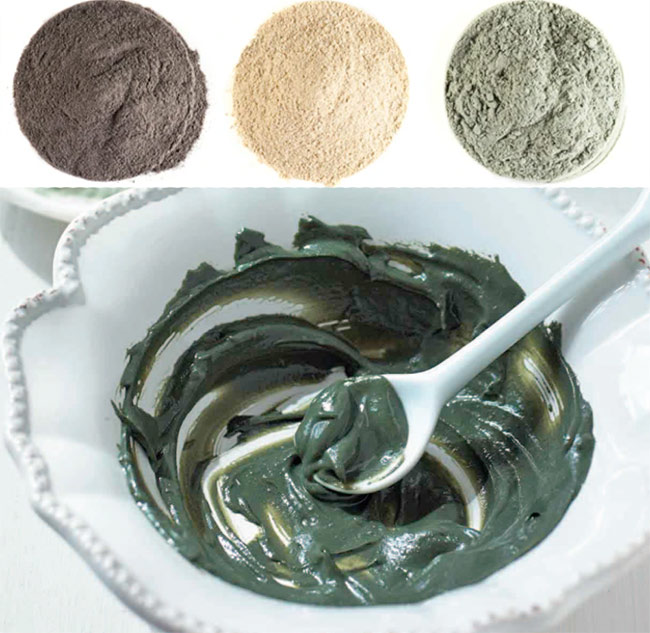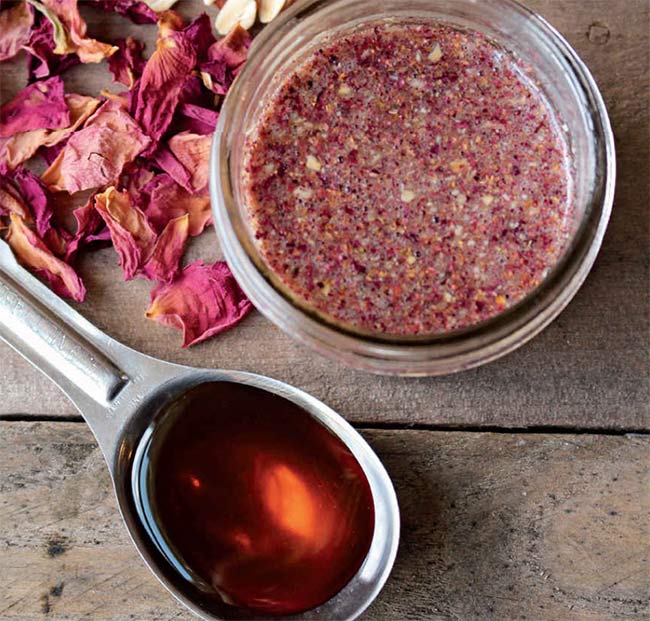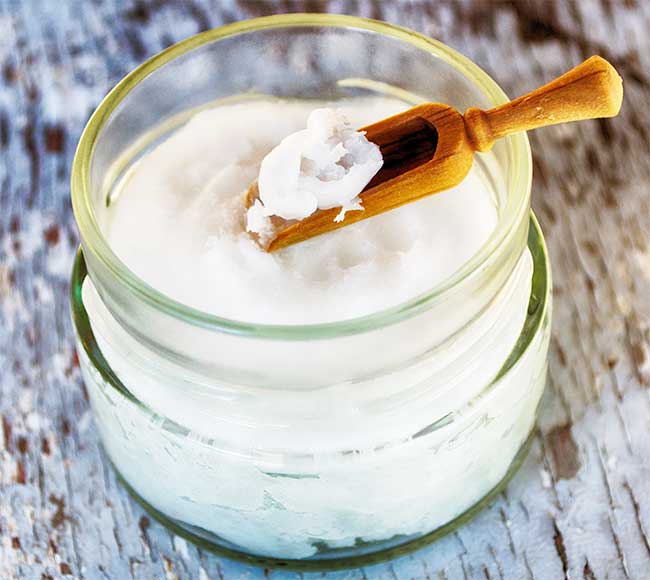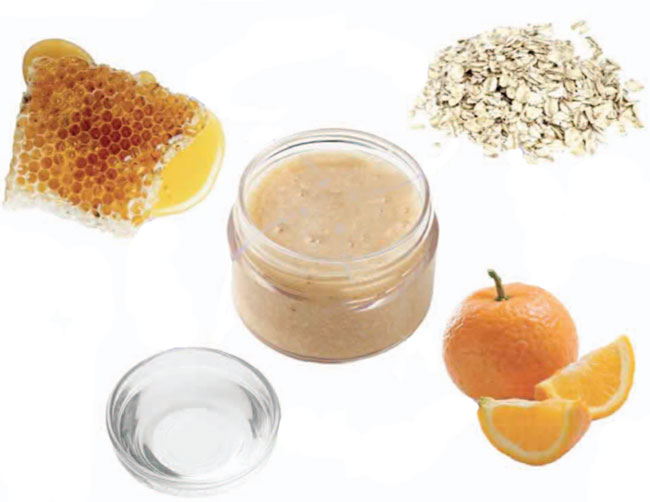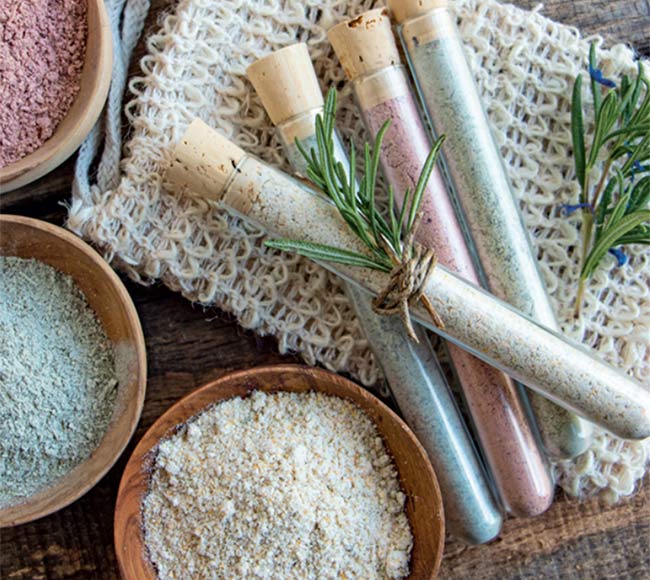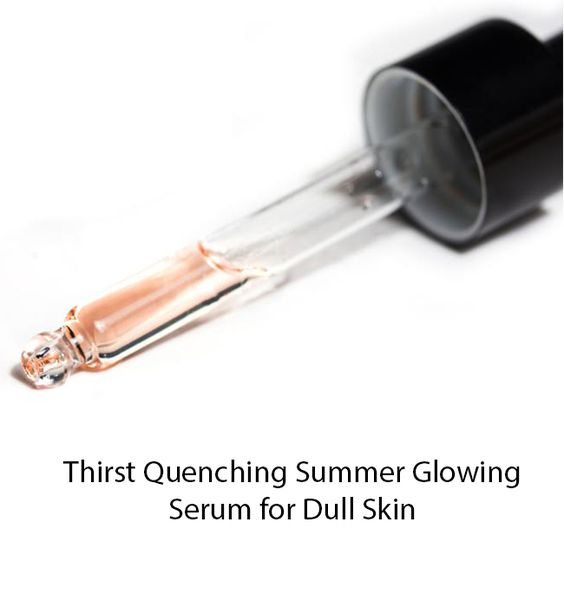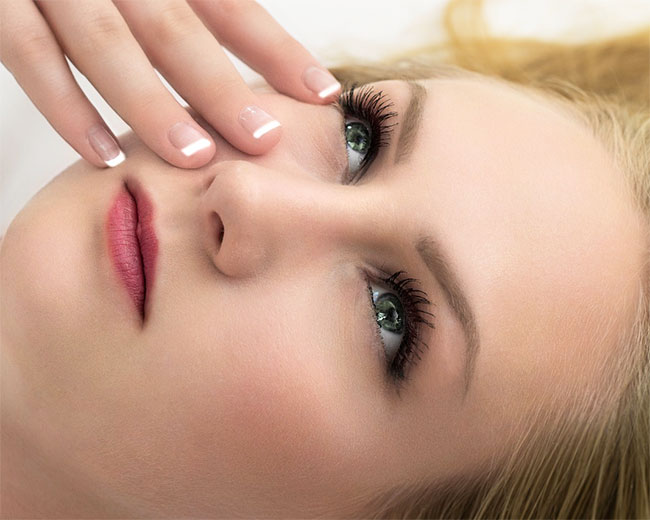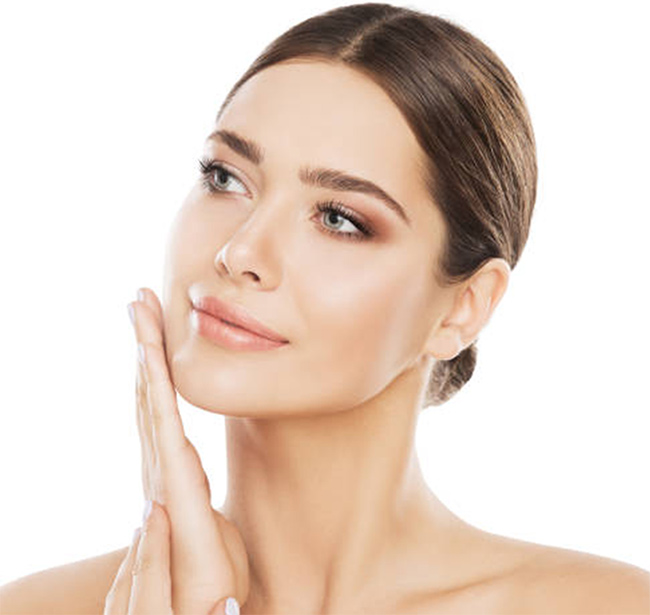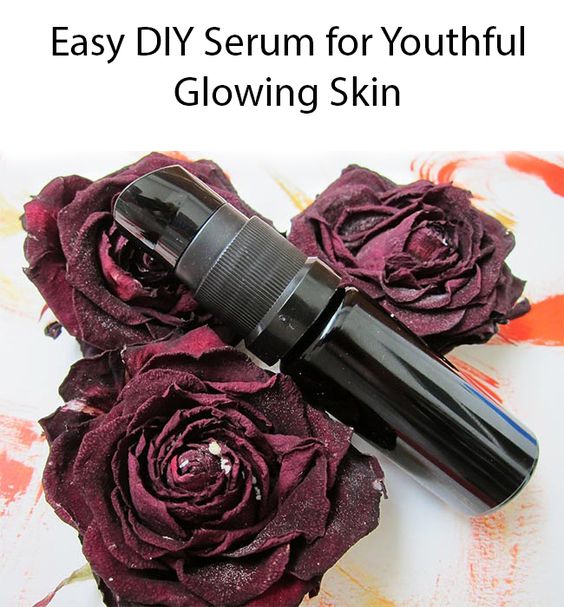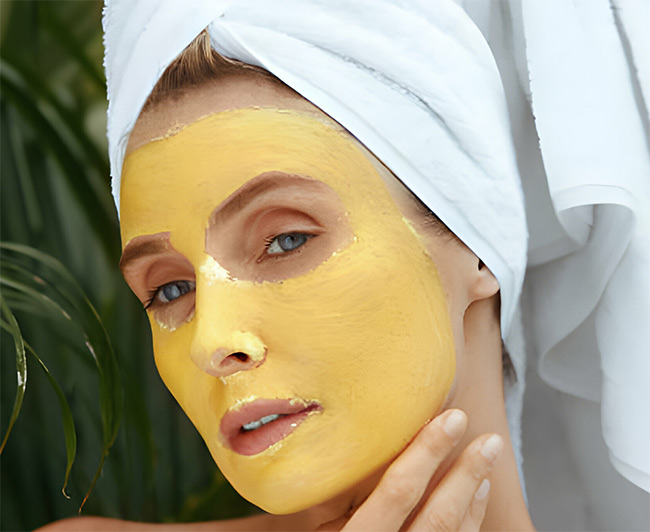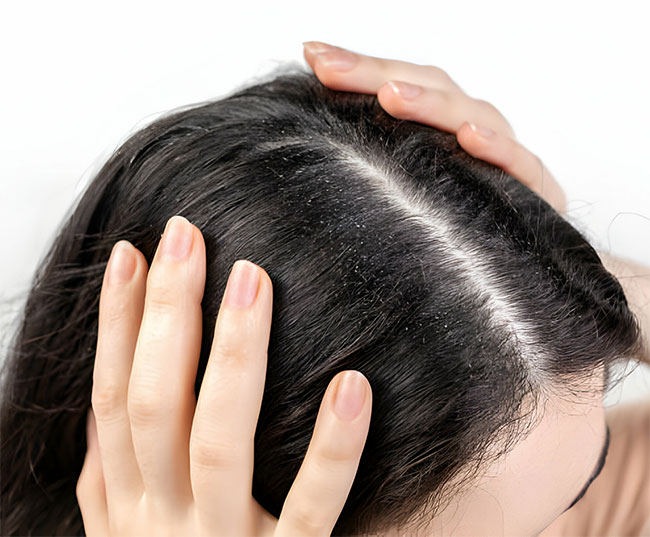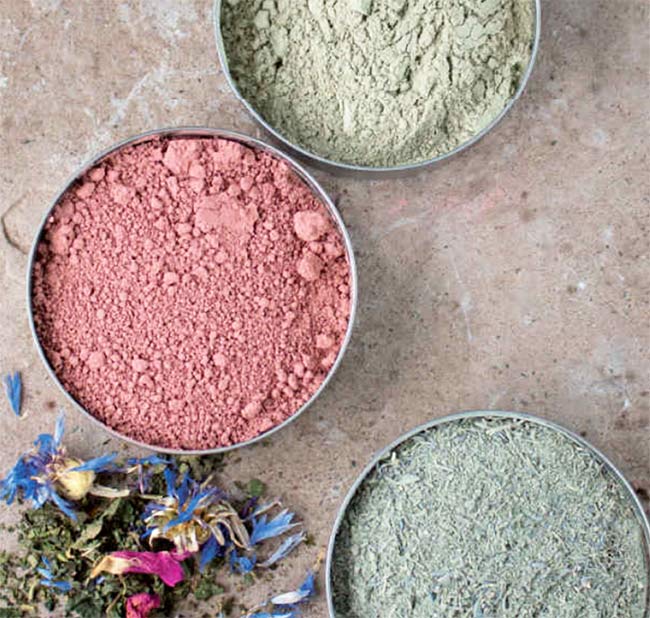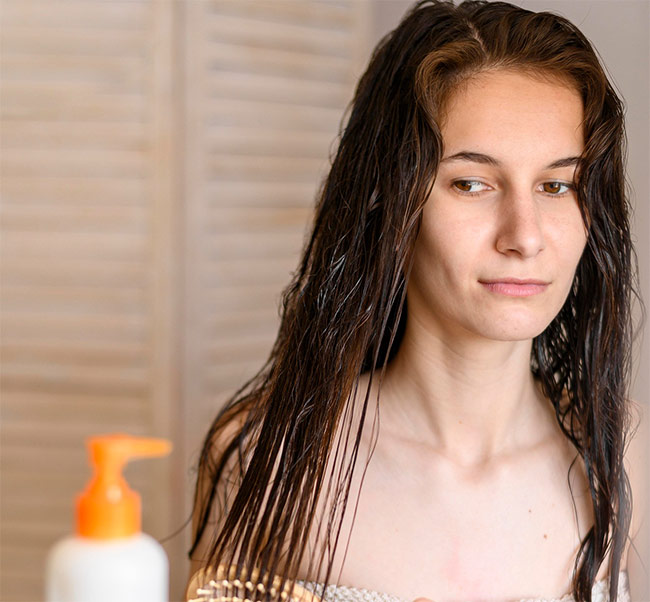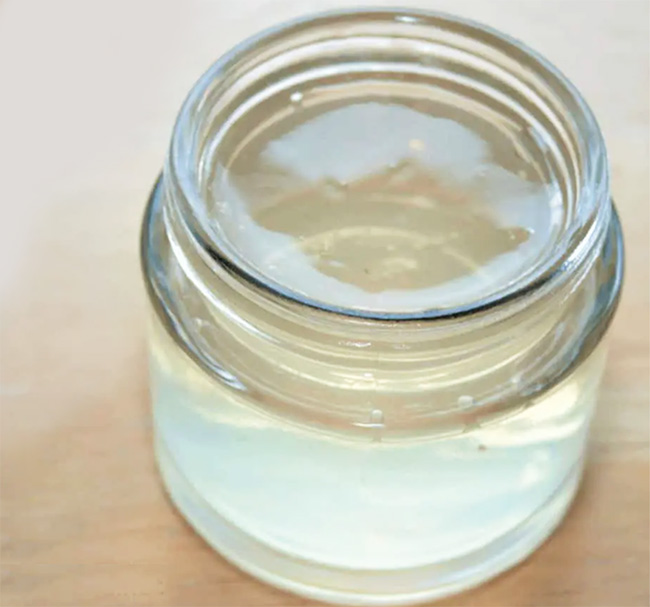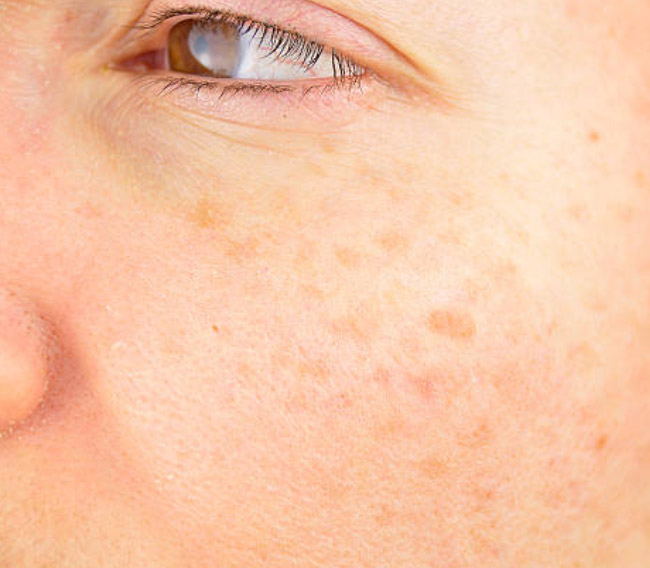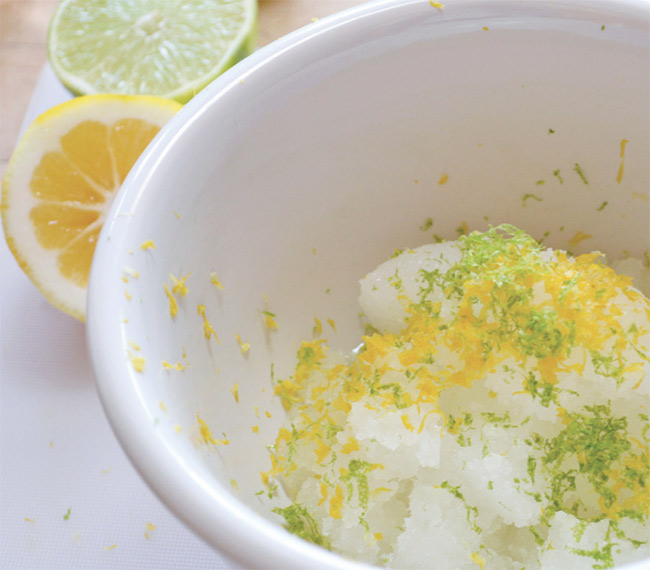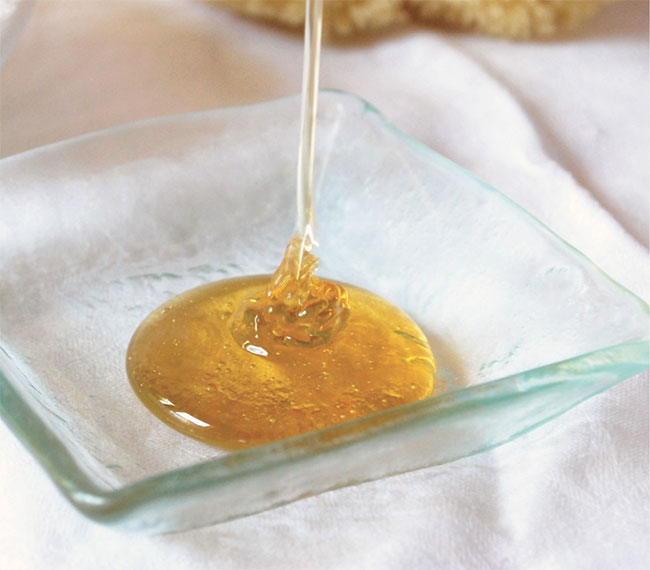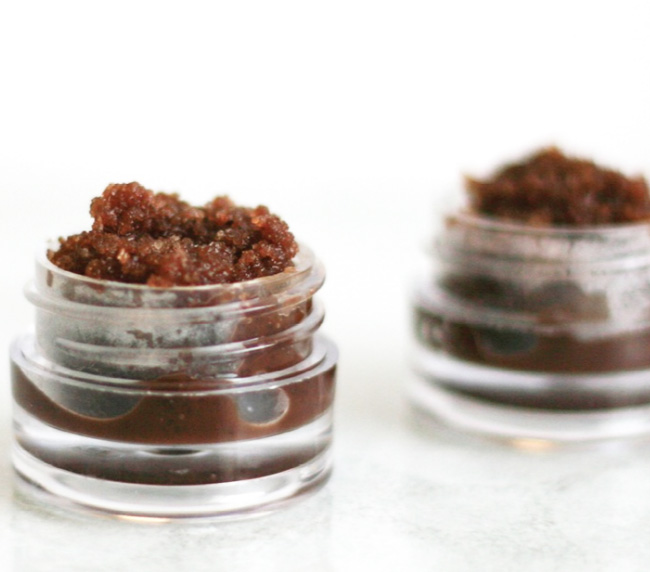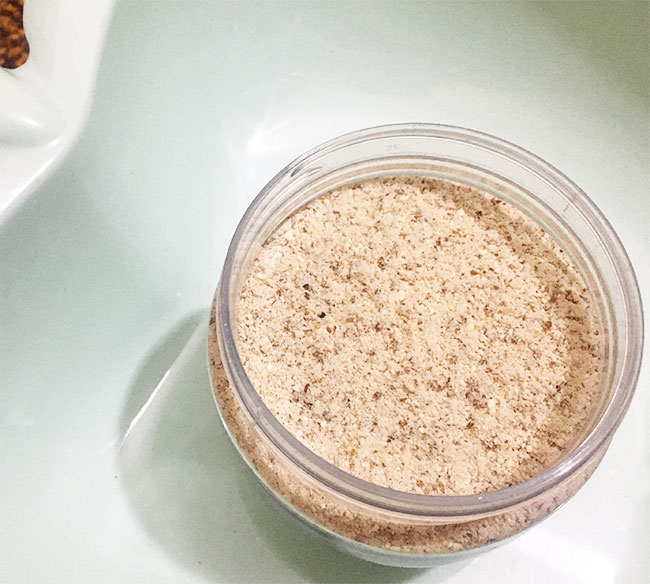Clays are used in facial products because of their ability to draw out toxins, impurities, and bacteria from the skin. Many draw out excess oils, which makes them great for people with oily skin or who have problems with acne. Clays are also used for their ability to tone, tighten, and exfoliate the skin.
They come in many colors, and can be used as natural colorants for soaps and lotions. Certain clays are used as an important ingredient in foot and after-bath powders as well as in cosmetics. These clays come from volcanic ash. There are three main groups of clays:
- Montmorillonite clays
- Illite clays
- Kaolinite clays
Montmorillonite clays have strong drawing properties and are exceptional for removing oils, toxins, and impurities from the skin. These are part of the smectite group, which means they absorb. They clear and cleanse the pores and help clear acne.
Illite clays get their coloring from the natural clay micas. Illites are not part of the smectite group. These clays are light and fluffy compared to the other clay groups. Certain clays in the illite group are said to be antibacterial; green illite clay is one of them. This group is used to cleanse and gently exfoliate the skin.
Kaolinite clays are used to stimulate blood circulation, exfoliate, and cleanse and nourish the skin. The kaolinite group is not part of the smectite group as well. These clays are widely used in cosmetics and many personal care products as well as in industrial manufacturing.
Now that you know main groups of clays and wondering about where are the insta famous clay names, you have been seeing. Fret not they are coming right next.
Bentonite Clay
Bentonite clay falls under the Montmorillonite and Smectite Groups. It is a light gray clay best used for oily skin. It draws out oils and toxins and exfoliates the skin. Many soap-makers add bentonite clay to their shaving soaps for the extra slip the razor needs for gliding while shaving. This clay is made of volcanic ash. Do not use bentonite in a facial more than twice a week because it can draw out too much oil, leaving your skin dry.
French Green Clay
This clay also falls under Montmorillonite and Smectite Groups and is the favorite clay for use in cosmetics and spa treatments. It’s
very beneficial for skin problems such as acne. This clay draws out oils, toxins, and impurities from the skin while it also tightens pores. French green clay replenishes minerals and nutrients the skin needs to remain healthy. Do not use this clay on sensitive or dry skin.
Fuller’s Earth
Also from Montmorillonite and Smectite Groups, it is used for oily skin and acne. Fuller’s earth has great oil, toxin, and bacteria drawing properties and works wonders clearing and cleaning the pores. This is the best clay to use for acne, but it’s very drying, so don’t use it more than once a week.
Moroccan Red Clay
From Montmorillonite and Smectite Groups, this is best used for oily skin. Moroccan red clay removes dead skin, toxins, and bacteria, cleans pores, and tightens the skin. It is also used as a natural brick red colorant in soap-making. It is, however, very drying and should not be used in a facial mask more than once a week. Those with sensitive skin should not use this clay.
Moroccan Rhassoul Clay
Also from Montmorillonite and Smectite Groups, this is a wonderful clay for all skin types and is used in spa body wraps as well as in facial masks. Rhassoul is rich in minerals and trace elements that nourish the skin while it removes the dead skin cells, toxins, bacteria, and impurities. The clay has a reddish-brown color. Moroccan rhassoul is good for all skin types.
White Kaolin Clay
From Kaolinite Group, White kaolin or China clay is used in mineral makeup foundations, fillers, and blushes. This clay is light and very mild, and it does not absorb or draw oils. In facial masks, it’s used for its gentle exfoliating, its ability to remove toxins, and its cleansing of the skin and pores. This clay is the best choice for those with sensitive skin.
Pink, Red, Black, and Yellow Kaolin Clay
All these clays have the same characteristics as the white kaolin clay and are from Kaolinite Group. They gently remove dead skin cells and toxins and restore and nourish the skin. The clays get their colors from clay micas. They’re often used as natural colorants in soap-making. These clays are all very mild and great for sensitive skin.
Green Illite Clay
This green clay is different from the French green clay. This green clay is part of the illite group, which means it contains natural clay micas. It’s light and fluffy with a pale green color. It gently removes dead skin and is the very best clay for drawing out toxins.
Because green illite clay draws out the oils, this clay is not recommended for those who have normal to dry skin.
Rose Clay
This clay is a blend made by mixing together equal parts French red illite and white kaolin clay. It’s a very light and gentle clay used in cosmetics, facial masks, and as a natural colorant. Use this clay on sensitive or dry skin.
How to use these Clay for your skin type?
For the best results, it’s important to match the clay to your skin type. When ever you are going to buy a clay mask or want to DIY your own, always look for the best suited for your needs. You can add or remove the ingredient from recipes and make it perfect for you.
- For oily skin, try bentonite, French green, red kaolin, montmorillonite (blue and red), Moroccan red, or fuller’s earth.
- For normal skin, try Moroccan rhassoul, all the kaolinite clays, or green illite.
Let me share some clay mask recipes for you.
1. Dry Skin Mask
This is a wonderful hydrating mask for dry and/or mature skin. It removes the dead skin cells and draws out toxins while the sea kelp or sea mud gives extra skin-loving minerals.
- White kaolin clay 2 tb
- Moroccan rhassoul clay 2 tb
- Sea kelp or sea mud (powder form) 2 tb
- Chamomile essential oil 2 drops
- Rose geranium essential oil 2 drops
- Lavender essential oil 2 drops
2. Normal Skin Mask
This mask exfoliates, cleanses, nourishes, and brightens skin. It’s good for all ages with normal skin types.
- Rose clay 2 tb
- Moroccan rhassoul clay 2 tb
- Sea kelp or sea mud (powder form) 2 tb
3. Oily Skin Mask
This is a good mask for those with oily skin but who don’t have acne. It draws out toxins and excess oils while tightening pores and toning the skin.
- Finely ground oatmeal 1tb
- Fuller’s earth 2 tb
- Kaolin clay 3 tb
- Clary sage essential oil 2 drops
- Lemon essential oil 2 drops
- Rosemary essential oil 2 drops
Acne Prone Skin Mask
This mask is great for acne suffers. It pulls out toxins, oils, and grime from deep in the pores. It’s not recommended for use more than once or twice a week, though.
- Fuller’s earth 2tb
- Moroccan rhassoul clay 2tb
- Finely ground oatmeal 2tb
- Clary sage essential oil 1 drop
- Juniper essential oil 1 drop
- Rosemary essential oil 1 drop
- Patchouli essential oil 1 drop
- Ylang ylang essential oil 1 drop

